With a reputation for pursuing horses, women and wealth with equal passion, when Sir Victor Sassoon arrived in Shanghai in the early 1930s high society didn’t know what had hit them. He was the man whose wealth and vision changed the face of Shanghai forever, and whose luxuriant properties and lavish parties proved the city’s reputation as the undisputed pleasure capital of the East.
The Sassoons
Born on December 30, 1881 in Naples, Italy, where his parents had stopped while en route to India, Victor Sassoon was a British Sephardic Jew of Iraqi origin, and the heir to a business fortune. His great-grandfather David Sassoon had fled anti-Semitism in Baghdad, establishing himself in Bombay, where, from the 1830s onwards, he and his sons built an extensive empire in commerce, making much of the trade triangle of India, China and Britain, particularly the export of opium from India to China; an estimated one-fifth of the drug consumed in China arriving on boats operated by them.
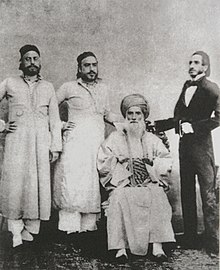
David Sassoon (seated) and his sons Elias David, Albert (Abdallah) and Sassoon David
Youth and Young Manhood
Victor Sassoon was raised and educated in England. Upon graduating from Cambridge University he headed East to learn the family trade. He soon gained a reputation as a fast-living playboy. On the breakout of the WWI he volunteered for the Royal Flying Corps, but his aviation career was cut short by a crippling injury. In constant pain for the rest of his life, he walked with the aid of two silver-handled canes.
On his return to Bombay to run the family trade he found 1920s India restive, and postwar British taxes high – he had inherited his family title (and fortune) on his father’s death in 1924 – so in 1931 Sir Victor looked around, and made the decision to move his operations lock, stock and barrel to Shanghai.
The Buildings
Once in Shanghai, Victor Sassoon bought up land and began to build. His massive art deco edifices quickly became landmarks. They dominated either side of Suzhou Creek: the 20-story sand-colored Broadway Mansions apartment building stood on the western side of Garden Bridge, while across the water Embankment House was even bigger, its gray, curving frontage a quarter mile in length, making it the largest building on the China coast.
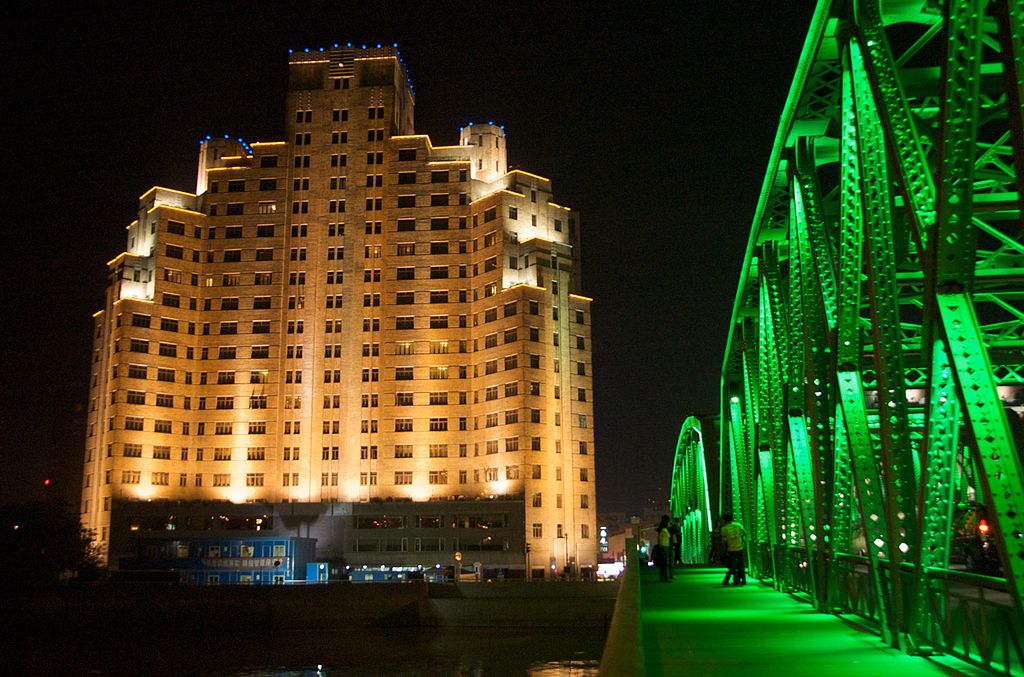
Broadway Mansions and the Garden Bridge
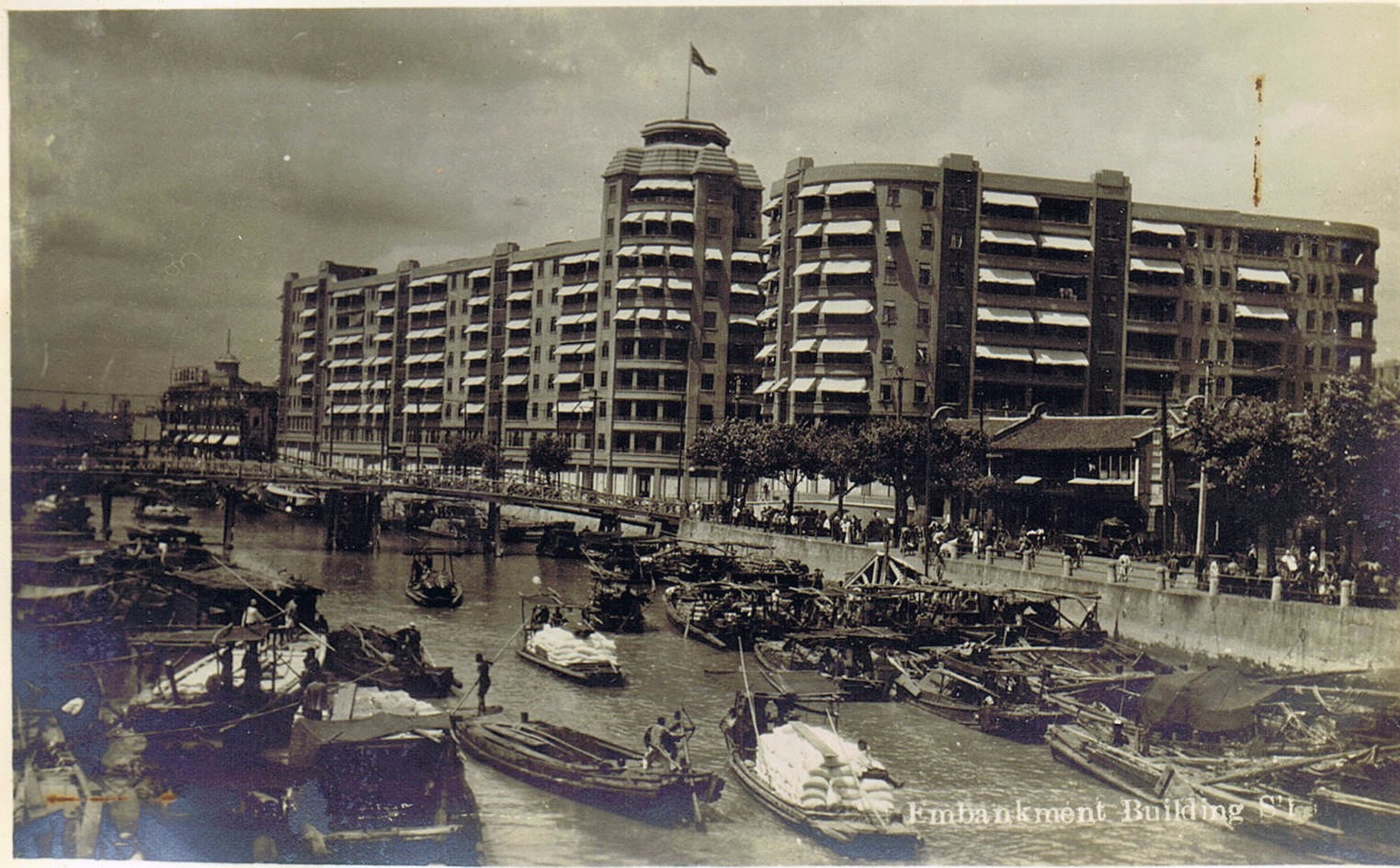
Embankment House
In the French Concession he constructed the Cathay Mansions and Grosvenor Gardens; in the International Settlement the Metropole Hotel and Hamilton House. A string of further residences, shops, theaters and offices made Sassoon the top realtor in Shanghai – if not all China – by the mid-1930s.
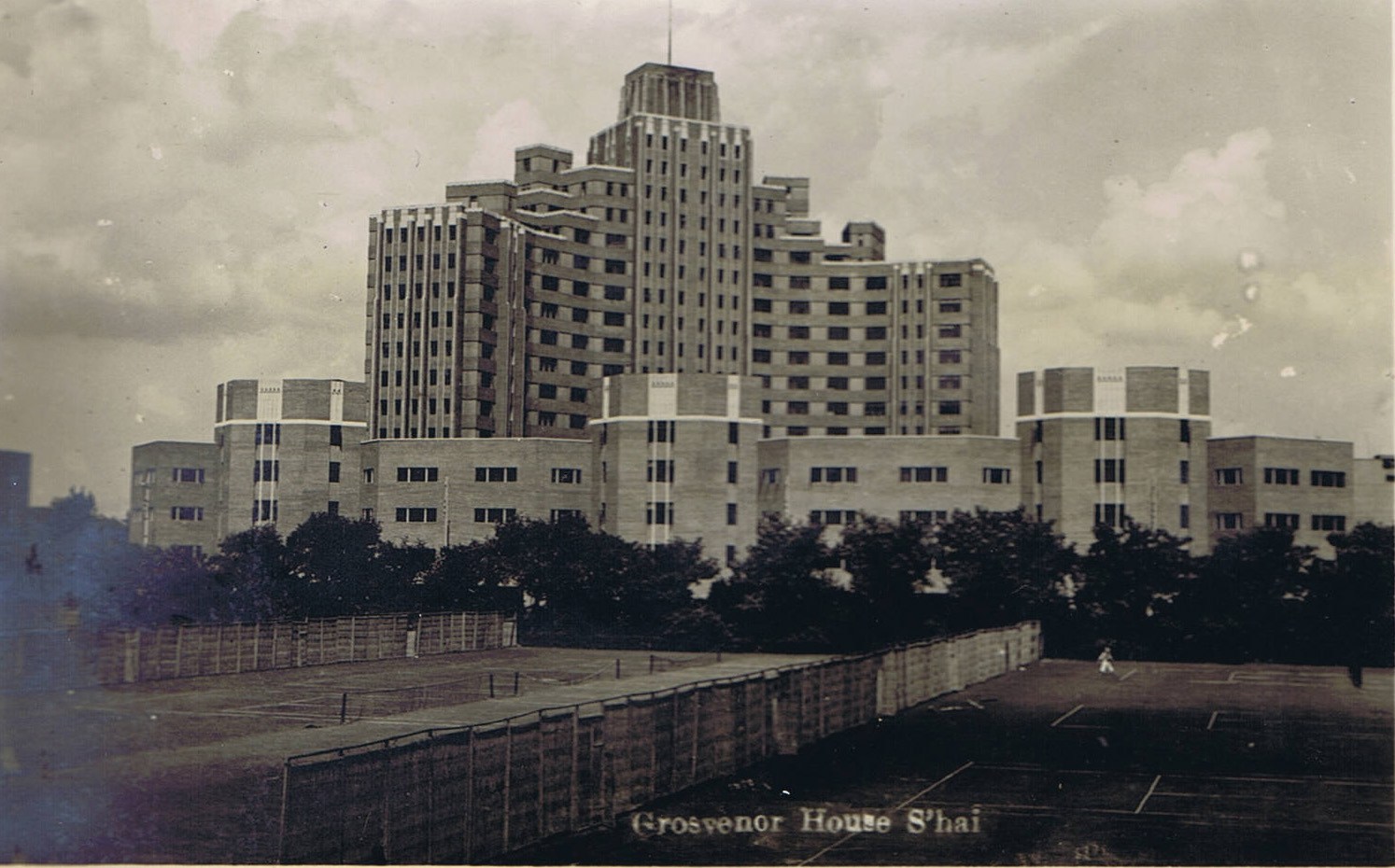
Grosvenor House
The jewel in his property crown was undoubtedly the Cathay Hotel (now the Fairmont Peace Hotel). Built at a cost of one million British pounds (when a million was a million) it was legendary in its own time. The finest hotel in the Far East and the epitome of luxury and glamour, its ferroconcrete façade and green pyramid roof became the symbol of 30s Shanghai itself.
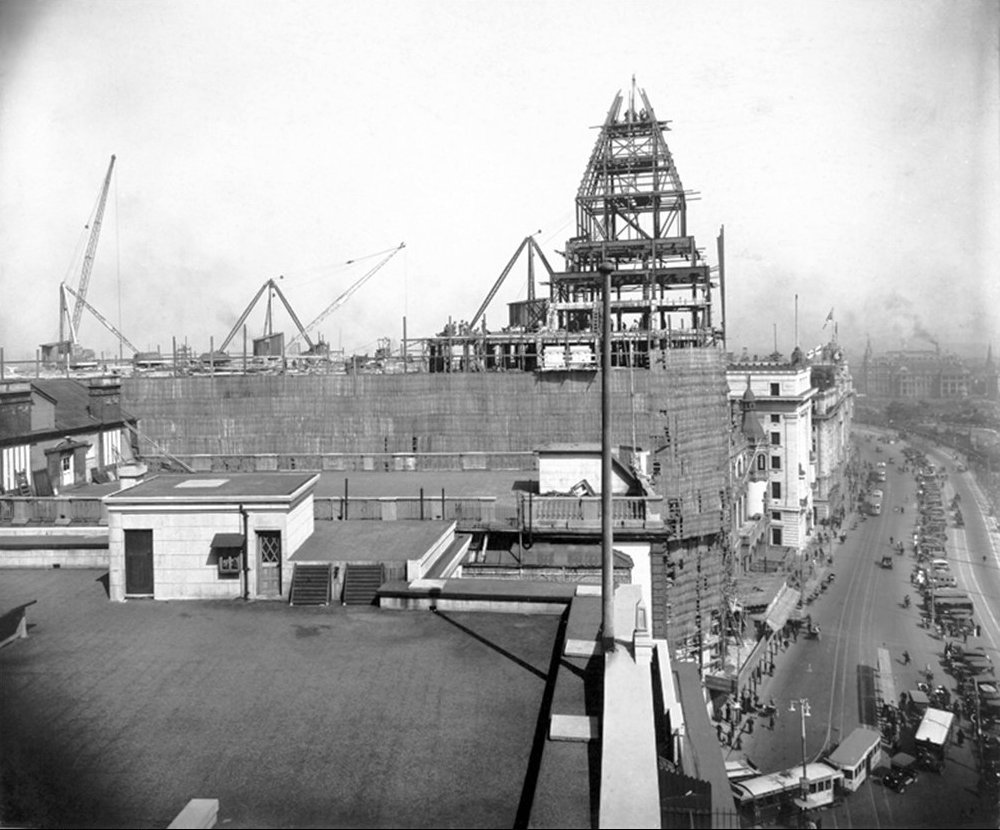
The Cathay Hotel under construction, 1928
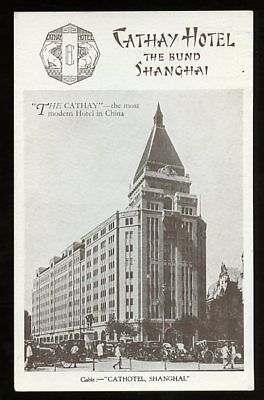
Postcard of The Cathay from the 1930s
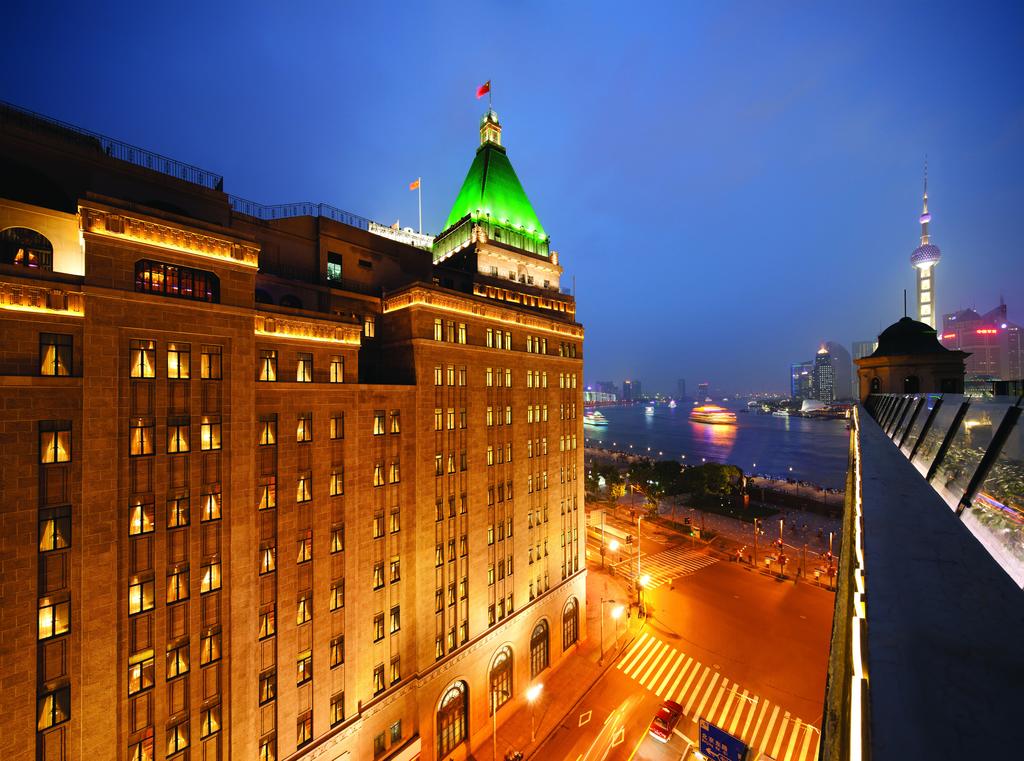
The Cathay today, now named the Fairmont Peace Hotel
High society gossiped over cocktails in its bar and wined and dined and danced the night away in its restaurants and ballroom. Celebrities swarmed to it; early guests included Charlie Chaplin (read about Chaplin's visit to Shanghai here) and Noel Coward, who wrote Private Lives in the hotel while he recovered from a bout of the flu.
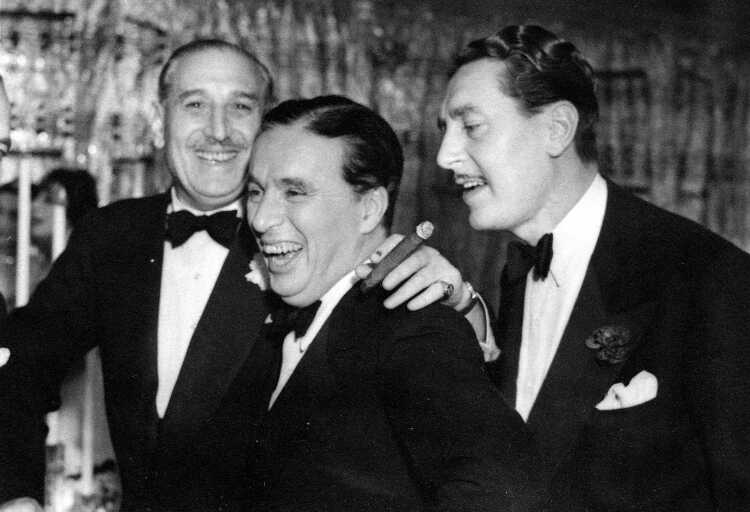 Sir Victor Sassoon, Charlie Chaplin and Reginald Gardiner
Sir Victor Sassoon, Charlie Chaplin and Reginald Gardiner

Sir Victor with Greer Garson and Laurence Olivier
Sir Victor’s oak-paneled penthouse suite sprawled across the top floor, affording him a 360-degree view of the city, and even boasted a bathroom with two baths. “I like to share my bed,” he explained, “but never my bath.”
The Parties
The Cathay Hotel was also the venue for many of Sir Victor’s wild and luxurious parties, often with a fancy dress theme. In 1933 he invited guests to dress as if abandoning a sinking ship – first prize was awarded to a couple who came naked except for a shower curtain, explaining that they had been taking a shower together when the ship’s alarm went off.
At Sassoon's 1935 circus party, a would-be Don Quixote smuggled a donkey into the Cathay goods lift and enticed it into the ballroom. “Get it out of here,” demanded an unamused Sir Victor – dressed as a ringmaster with top hat, scarlet coat and riding whip – at which point the beast promptly lifted its tail and shat on the dance floor.
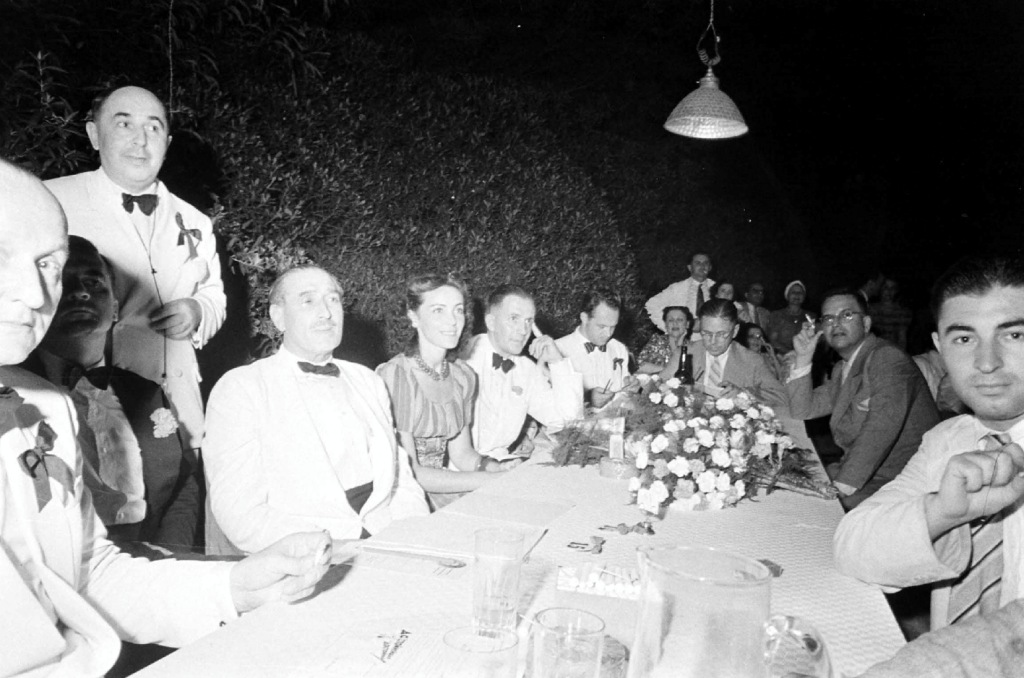
Sir Victor holds court
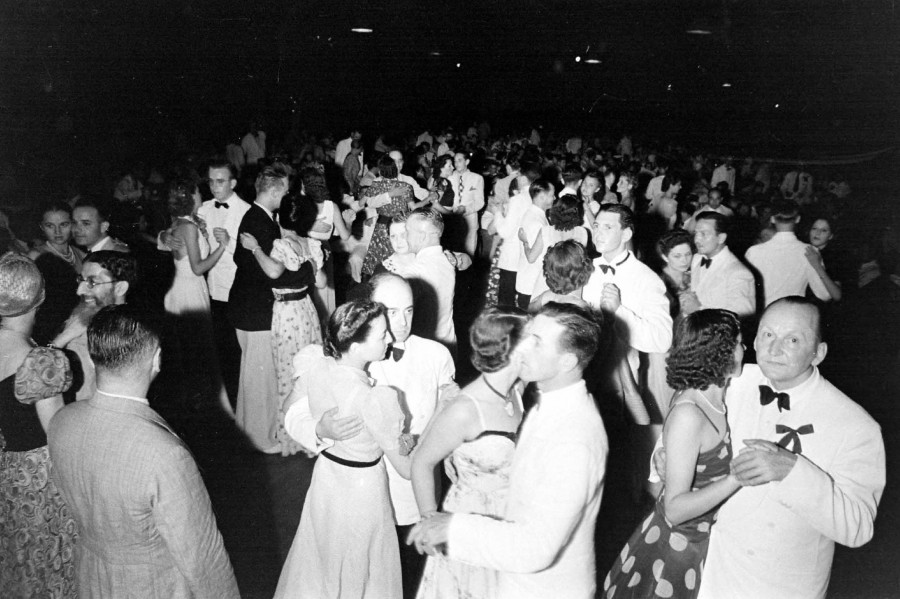
A swinging party at The Cathay
Despite his extravagant hospitality, many foreigners, and particularly the English, derided him behind his back, and he was never fully accepted as ‘one of their own.’ They would cite his flight from British taxation as unsporting, his ostentation as vulgar, and disapprove of his womanizing.
The root of it is without doubt uglier. As well as prosaic jealousy, there was an entrenched and institutionalized anti-Semitism amongst this haughty horde, who could accept Sassoon’s wealth – and his invitations to enjoy it with him – but not the fact he was a Jew.
On overhearing him referring to England as ‘home’ in a discussion at dinner as to the easiest way to travel to England, a fellow diner interrupted, “Don’t you go by camel?” “Perhaps it was unkind,” one woman observed, “but how could he talk of England as home? It was too absurd.” (This of a man who had been crippled fighting for his country.)
The Horses
Sassoon’s love of horses was well established long before he arrived in China; he owned successful stables in both the British Isles and India, and once famously quipped, “There is only one race greater than the Jews, and that’s the Derby.”
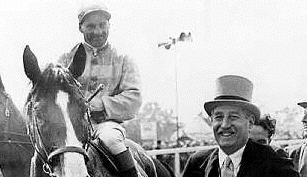
Sir Victor Sassoon with one of his horses
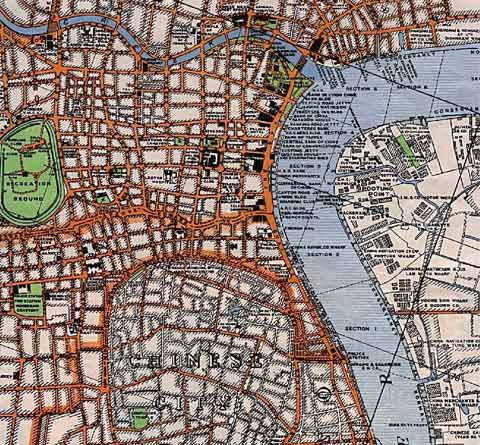
The track and recreation ground on the left from a 1935 map
That ownership of a winning horse was a surefire way for the socially ambitious to make their mark on Shanghai society would have only have fuelled his fervor, and he wasted no time in buying up the best China ponies (read the history of the Shanghai Racecourse here). He also always secured himself the finest seats at race meets, as well as the finest of fillies on his arm (another of his great passions).
The Women
Sensitive to his handicap, he vowed never to marry, convinced nobody would be interested in him except for his money and position. He also had no desire for children – “If I had healthy and attractive children I could not help becoming horribly jealous of them.”
Mistresses, however, were entirely another matter, and he took on many. Theater troupes and opera companies touring Shanghai would invariably depart less one or two selected ladies from the chorus, who found themselves temporary members of his secretarial staff, and he also took on Chinese lovers, considered scandalous to many of his peers. (If it caused comment, no doubt he could afford to ignore it).
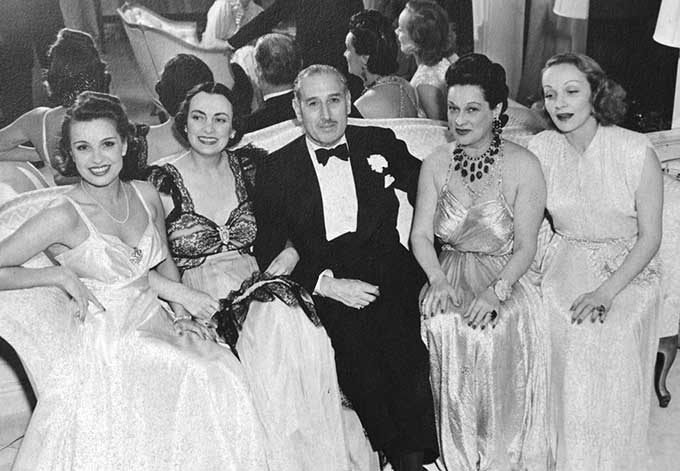
Sir Victor in his element
One socialite, Hui-lan Koo, was thrilled when Sir Victor presented her with two dozen pairs of French silk stockings upon their first meeting, only to discover that, “this was his invariably routine with any lady to whom he was even vaguely attracted.”
Rarely without a camera, and combining his interests, he often photographed his conquest in the nude. It is rumored that this may have made up for deficiencies in other departments – as one of his contemporaries put it, “Apparently sex was a bit complicated because of his accident.”
He was close friends with American writer Emily Hahn (you can read about Hahn's life in Shanghai right here), who he considered her a kindred spirit, photographed her naked and bought a shiny new blue Chevrolet coupe.The aesthete Sir Harold Acton described Hahn as “a voluptuous figure from a Moroccan mellah.” Looking back, he sighed, “We were all much too physical.”

A portrait of Emily Hahn taken in Shanghai by Sir Victor Sassoon
The Onset of War
Despite the Japanese presence in the city, it was business as usual for foreigners in Shanghai throughout the mid-30s, But when, on August 13, 1937, Chinese pilots, attempting to bomb Japanese warships on the Huangpu, missed their targets and a bomb landed at the foot the Cathay Hotel, it is said to have destroyed for ever the myth of the International Settlement’s impregnability.
Sir Victor hung on for a few more years, resisting Japanese overtures towards, and advances in the International Settlement, and doing much to assist the influx of Jewish refugees that were flooding into the city from Europe (read more about Jewish refugees in Shanghai here). But ultimately, in Shanghai Sassoon had backed the wrong horse; the curtains were coming down on the party.
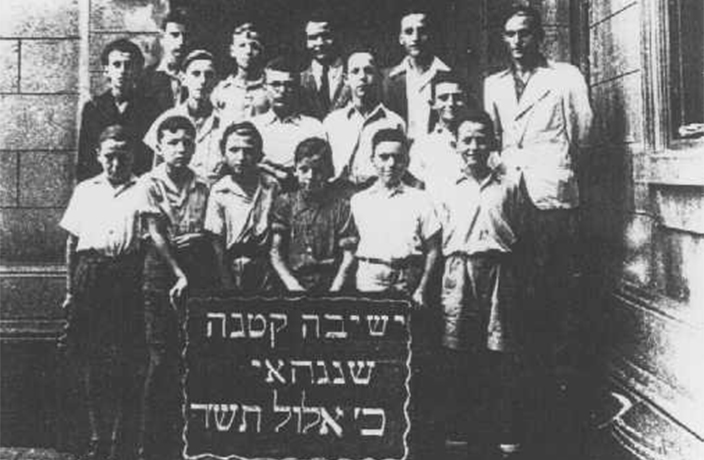
Jewish refugees in Shanghai
In the spring of 1941, with all-out war with Japan imminent, Sir Victor left Shanghai. On his return in 1946 he found his holdings war-ravaged, but not beyond repair. However, sensing which way the Chinese Civil War wind was blowing, he began to sell them off and, when the Communists took the city three years later, he knew he would not be returning.
He heard the news in America. “Well, there it is,” he reflected philosophically. “I gave up India and China gave me up.”
Down but not out, he moved to Nassau, the Bahamas, where he finally married – his blonde nurse-companion, Evelyn Barnes, 38 years his junior – and continued wheeling and dealing until his death in 1961.
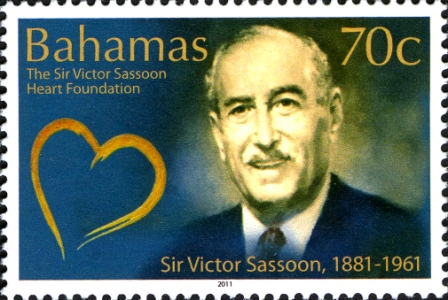





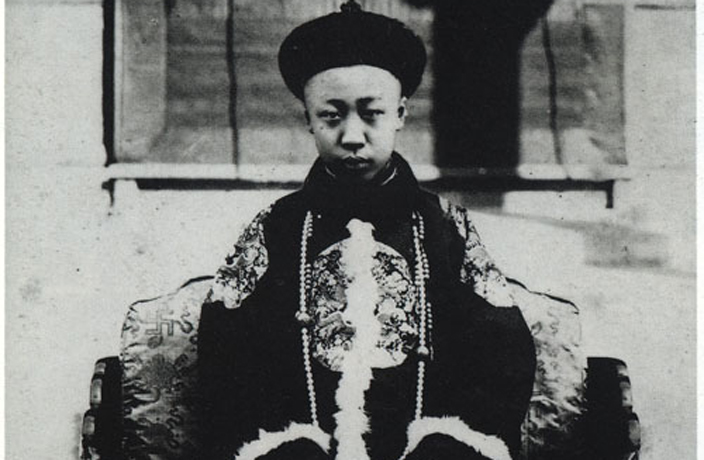
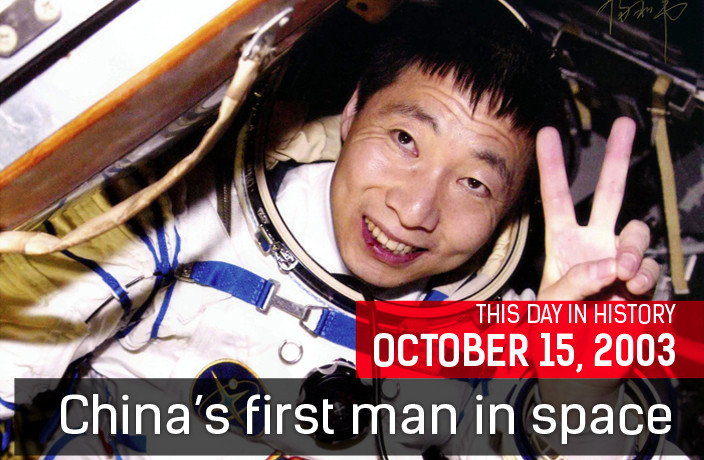
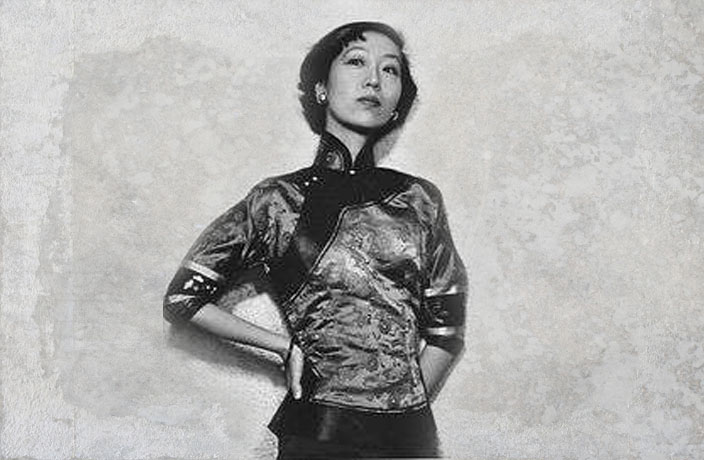













0 User Comments